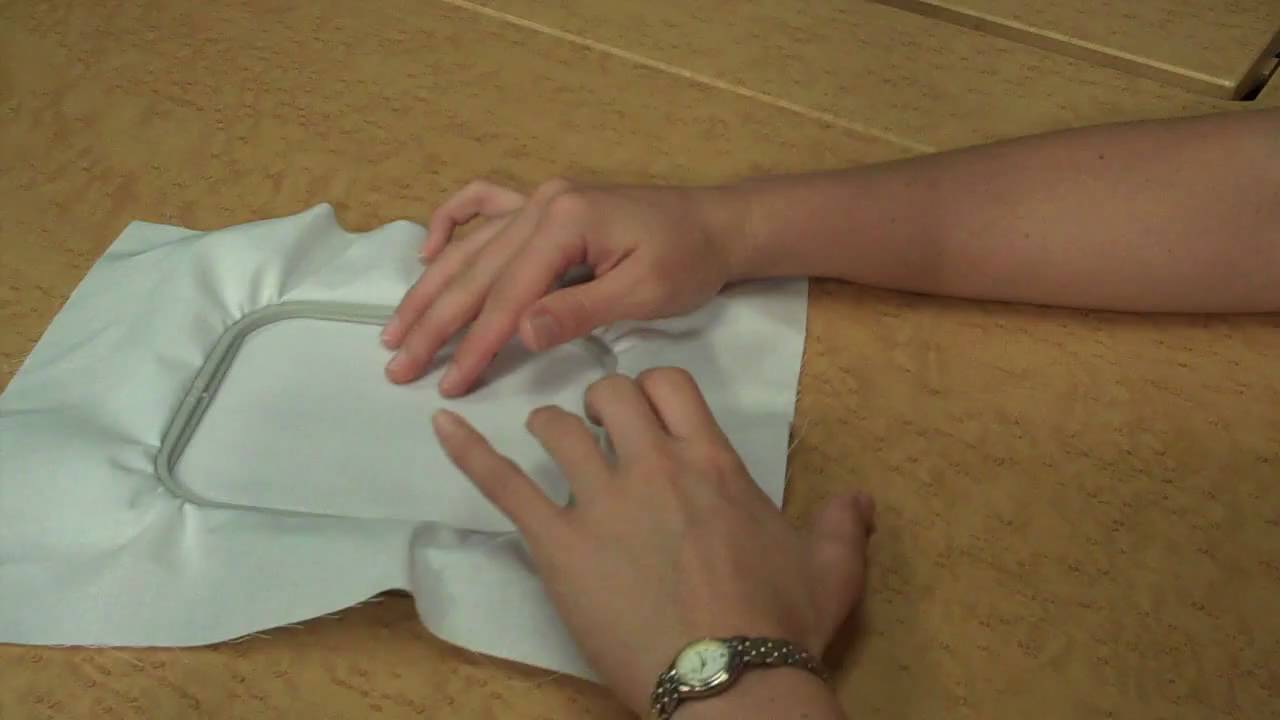Are you just bursting to get stunning embroidery from your machine? Here are some top tips for getting professional results out of your machine.
Hooping Done Right
Hooping is going to have a big impact on the quality of your embroidery. If the hooping isn’t right, it will look like you’ve used a poor digitized design. But it’s not always the case.
Follow these pointers to avoid poor hooping:
- Be sure to launder the fabric you’ll be using. Use the same detergents and settings you use for your everyday items.
- It’s important to properly stabilize so that the fabric doesn’t pucker. It’s a good idea to use water soluble topping which will stop stitched from sinking into the fabric.
- As a top quality embroidery digitizer, you should ensure you have quality supplies that will make your machine happier and healthier and last for many years to come.
- Every time you start something new, change the needle. A bad needle can lead to the machine missing stitches and creating a poorly stitched design.
- Always do a test stitch out of the design using the same materials that you’ll use for the final project. This will help determine if your choice of threads and stabilizers are a good choice. Also use the same thread colors to see if the colors will all work well together.

When to Use Hooping
Have you heard of the term “in the hoop”? Essentially it means placing the fabric in the hoop to stabilize while you are embroidering. This technique is used when you’re not likely to have a problem hooping your fabric.
If the item is big enough to be hooped; the fabric isn’t too heavy and the hoop’s not likely to cause damage to the fabric; chances are it’s going to be a lot easier to hoop.
“Floating the Fabric”
Here’s another common hooping term that any embroidery digitizing should be familiar with. It relates to times when you only hoop the embroidery stabilizer. The main piece of material you want to use isn’t hooped. Instead it’s floated over the hooped backing.
Sometimes you can do this by using a spray adhesive or even a sticky backed stabilizer. The result will be the same either way.
Floating the fabric will work well on a variety of fabrics including:
- Smaller items that are difficult to hoop like cuffs; collars; bags; children’ clothing; mug mats and other items that are tricky to hoop.
- Bulkier fabrics like bath towels and polar fleece.
Hooping fabrics can sometimes stretch or damage them. Such fabrics include of knits; corduroy; paper; velvet or leather. Hooping these might cause bruising to the fabric and there could be hoop burns left on the fabric.

